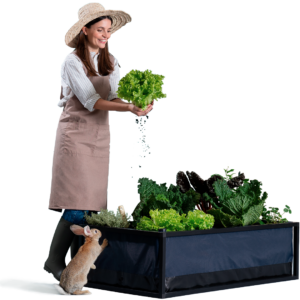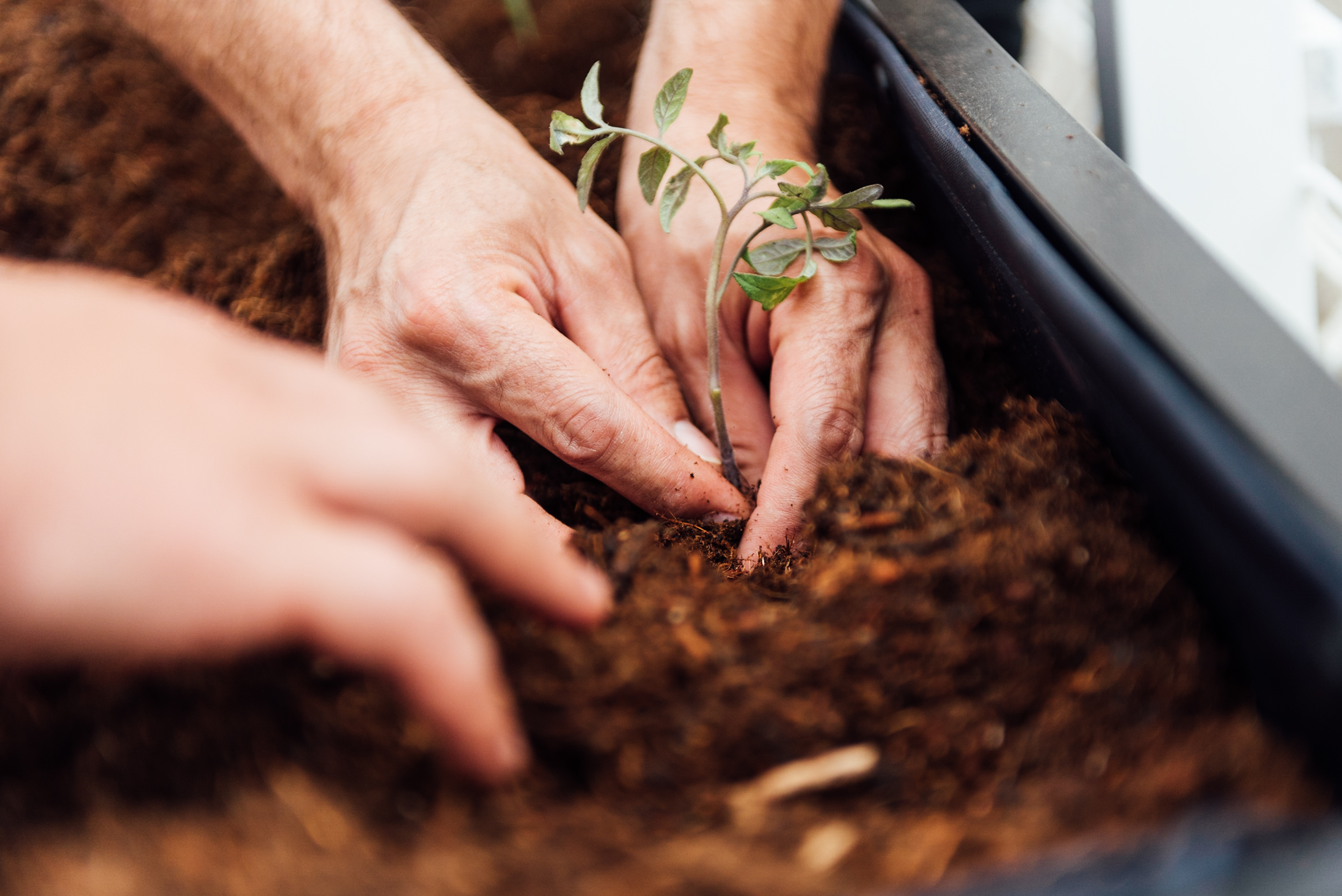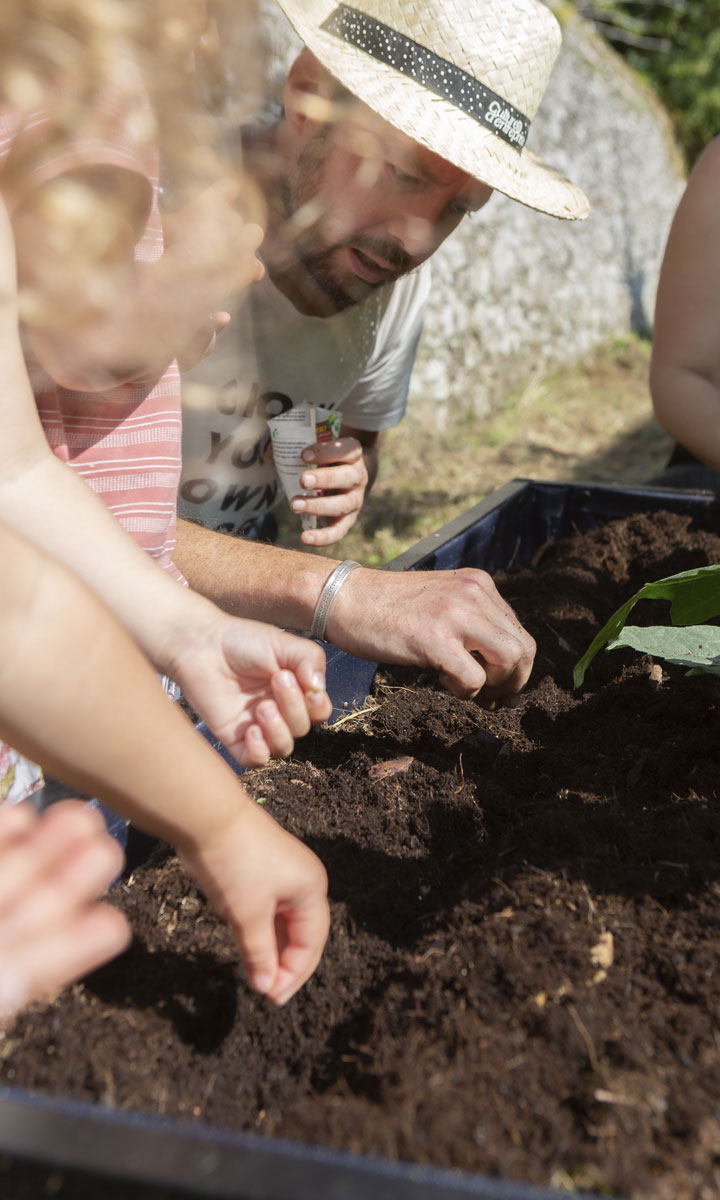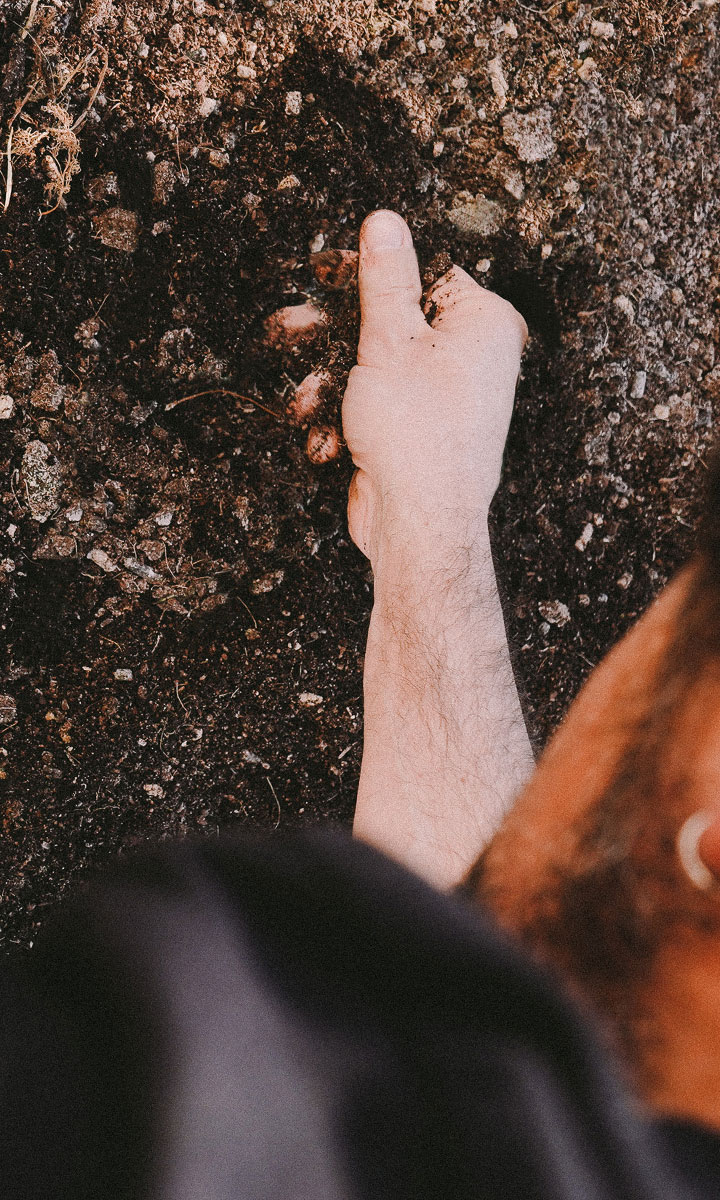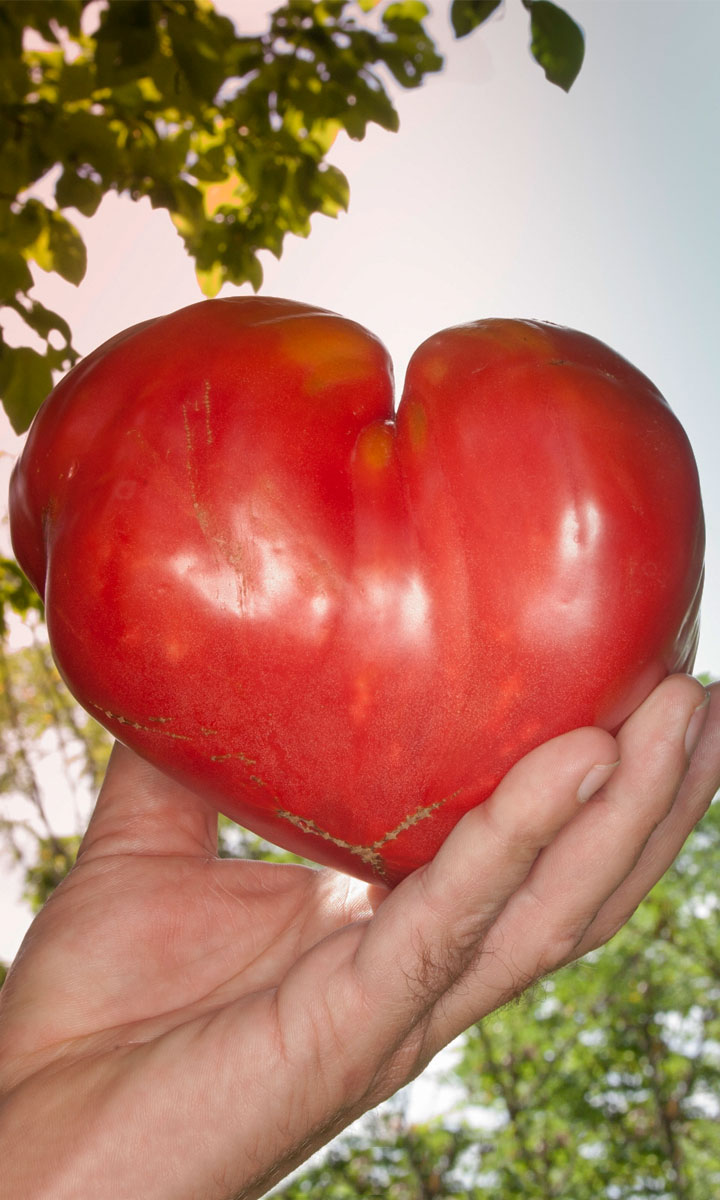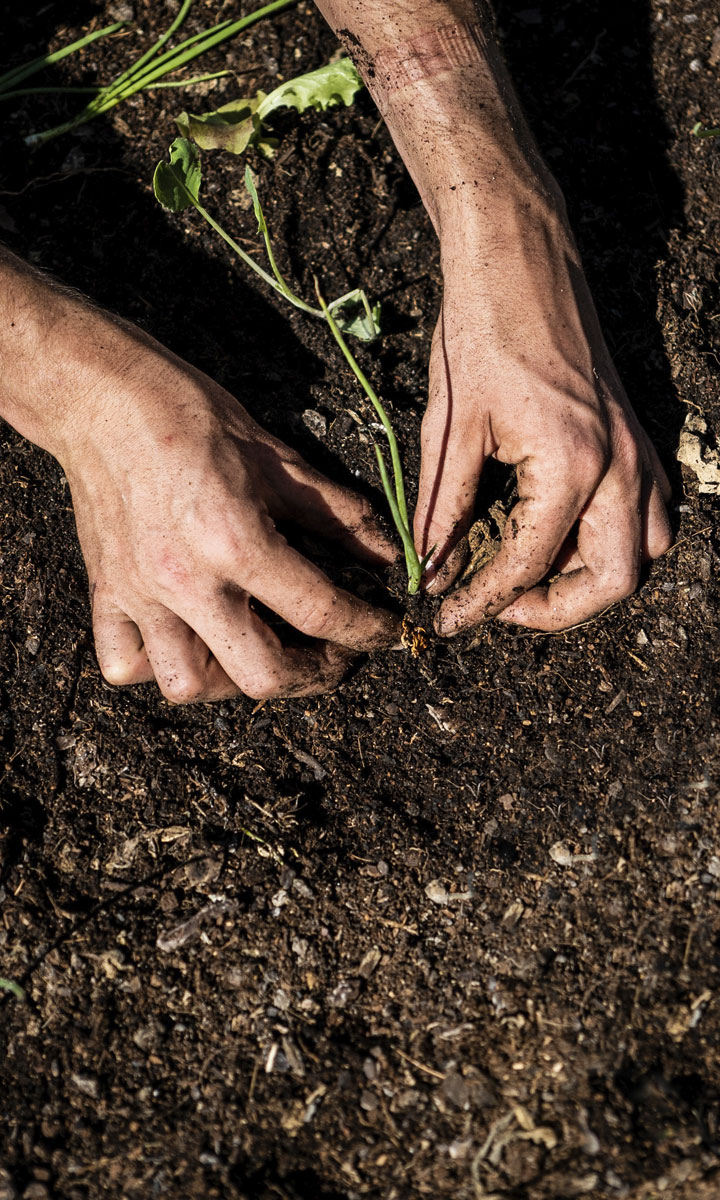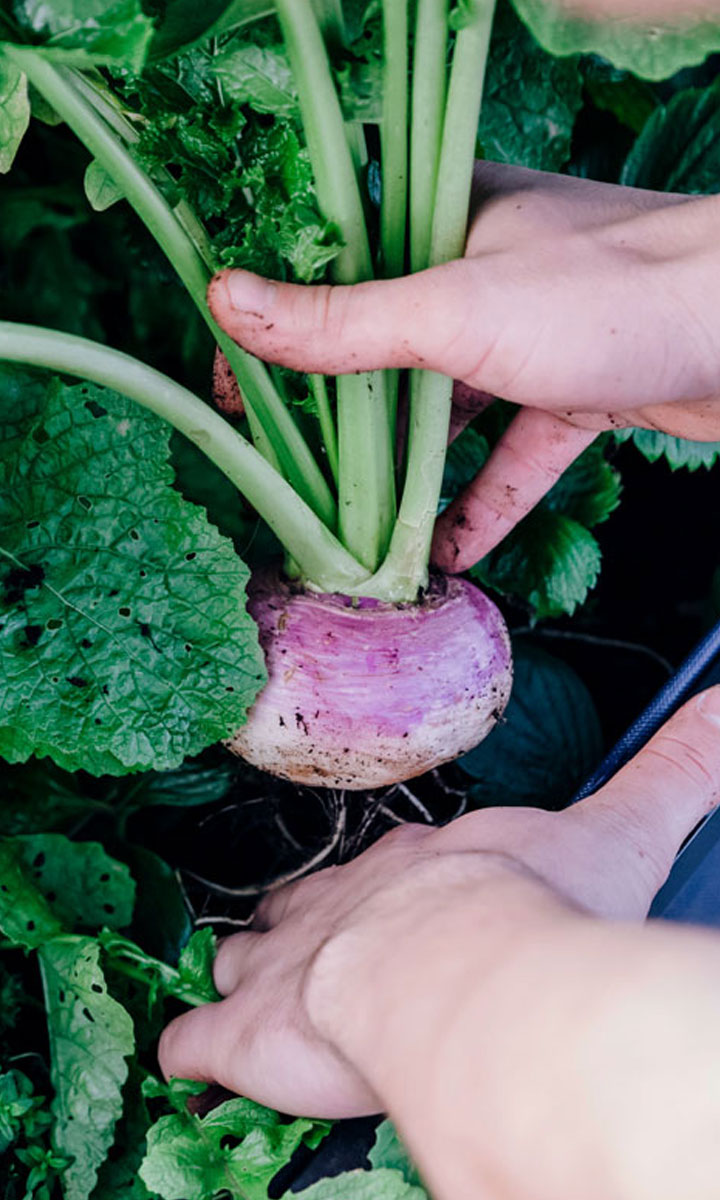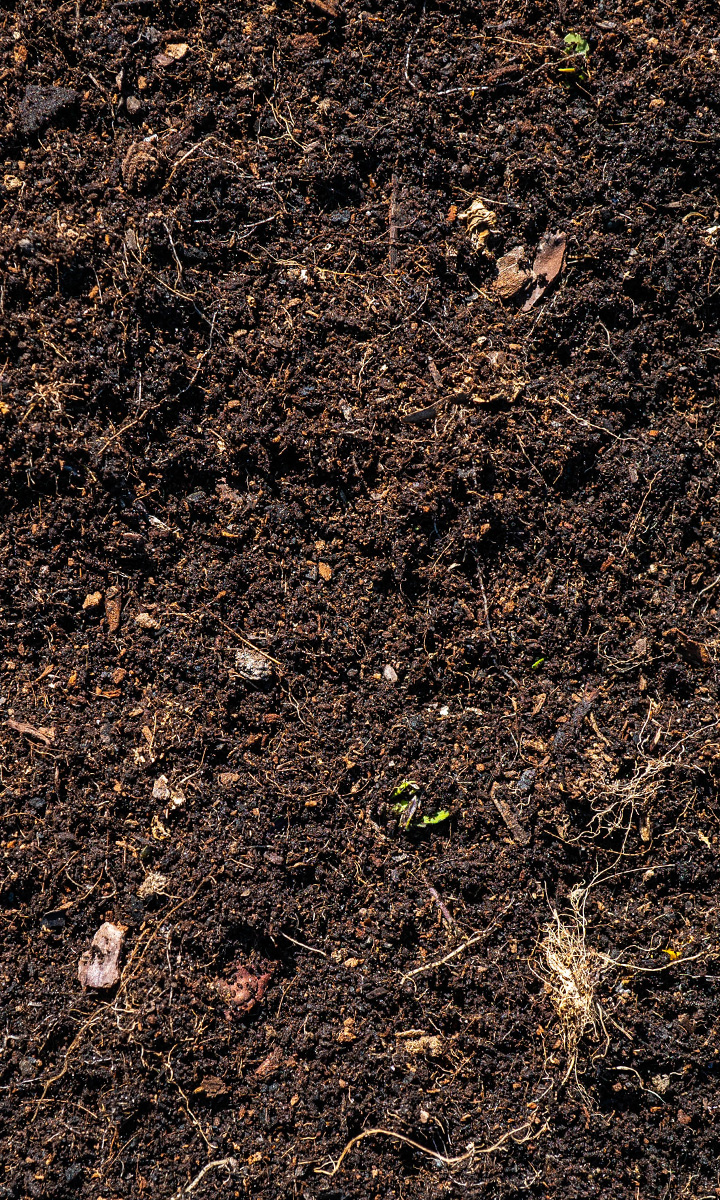Zero Waste. 8 tips to fully take advantage of the vegetables in your kitchen.

Henrique Dias
Zero waste is a trendy new concept, but it isn’t just empty hype. Going zero waste means being environmentally, socially and economically conscientious. It means respecting what nature offers us and fighting excessive consumerism. The zero-waste lifestyle assumes that all waste is bad. That can be applied to everything — giving a new life to old clothes, restoring a piece of furniture you don’t like anymore, or getting crafty in the kitchen. That’s an important one. Food waste is a serious issue: in Portugal alone, a million tonnes of food are wasted every month (from the production process to consumption by individuals) and nearly 50 000 meals a day. It’s time for us to begin reusing the foods that we’ve always thought were unsalvageable. Here are 8 ways to join the zero-waste movement, starting with the basic rules.
1. The basics for a zero-waste kitchen: local, seasonal, and intentional.
Don’t go to the supermarket without a list of the products you really need — take advantage of your Sunday afternoon, for example, to plan your meals for the week. Buy only the ingredients you’ll use, without forgetting two essential rules: buy from local producers, and always opt for seasonal products. The advantages? You’ll eat healthier, and you’ll avoid waste, since fresher foods last longer in the fridge. Plus, the fact that they’ve travelled a shorter distance before getting to your plate means they leave a smaller carbon footprint. Another tip: eat your leftovers over the next few days, and have fun making new recipes out of them.
2. Use broccoli’s stalks and stems.
That’s the zero-waste way: take advantage of the entire vegetable by using the parts that normally end up in the trash. Take broccoli, for example — its stalks and stems can be used to make broth (in fact, onion skins are great for this too) or soups.
3. Use the tops and to waste less.
Don’t throw away the tops of beets, radishes, turnips or carrots. While they can be pretty bitter, try cooking them with other foods or use them in a pesto recipe.
4. Use dark green leaves’ stems.
After picking the leaves off of cabbage, for example, cook the stems or use them to make a green juice. You can do that with every other vegetable of that kind
5. Cook squash seeds in the oven for a snack.
After peeling a squash, enjoy its seeds. Season them with spices and put them in the oven. The result: a crunchy, healthy snack.
6. Peeling your vegetables isn’t zero-waste.
Removing fruit and vegetable peels is a very common practice, but it goes against the zero-waste philosophy, not to mention that it makes more work for you. Keep the skin on your carrots, zucchini, apples, cucumbers and potatoes. But be careful: it’s best to buy organic products, because the skin can contain pesticide residues. Always be sure to wash them properly.
7. Plant your aromatic herbs at home.
How many times have you bought a bundle of cilantro just to use it in one dish and let the rest go bad? If you plant some in your home garden, that waste won’t be an issue anymore. You can just pick off as much as you need, and then keep taking care of your plant. And on top of that (once again) you’ll be saving money.
8. An expiry date doesn’t mean your food is doomed.
The expiry date on your yogurt passed yesterday? That doesn’t mean it’s inedible. No food suddenly goes bad from one day to the next. As much as possible, check its odour and texture. If everything seems normal, go ahead and eat it — nothing bad will happen to you.
